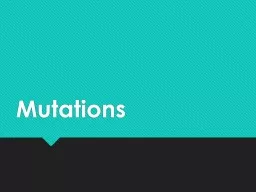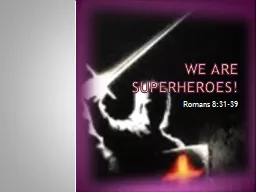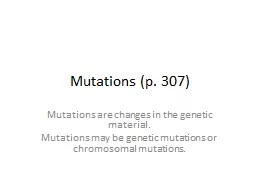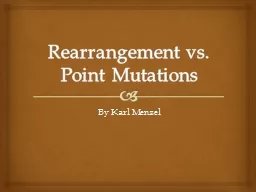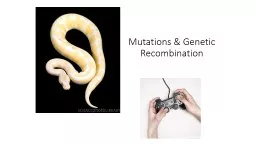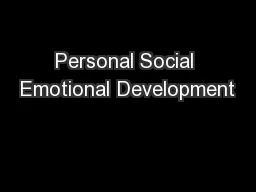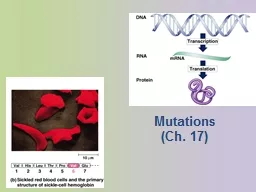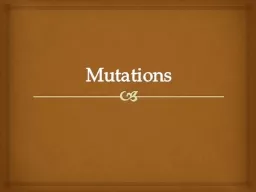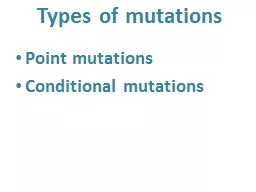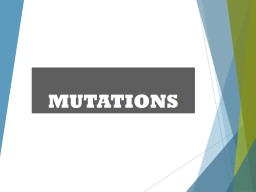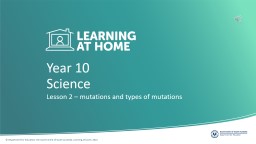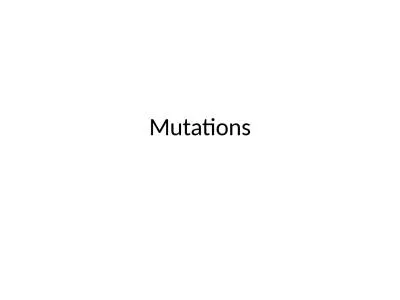PPT-Mutations Superheroes How
Author : luanne-stotts | Published Date : 2018-09-30
did Cyclops from the XMen get his superpowers He was born with the mutation How did the Hulk and Spiderman get their superpowers The Hulk was exposed to g amma
Presentation Embed Code
Download Presentation
Download Presentation The PPT/PDF document "Mutations Superheroes How" is the property of its rightful owner. Permission is granted to download and print the materials on this website for personal, non-commercial use only, and to display it on your personal computer provided you do not modify the materials and that you retain all copyright notices contained in the materials. By downloading content from our website, you accept the terms of this agreement.
Mutations Superheroes How: Transcript
Download Rules Of Document
"Mutations Superheroes How"The content belongs to its owner. You may download and print it for personal use, without modification, and keep all copyright notices. By downloading, you agree to these terms.
Related Documents

